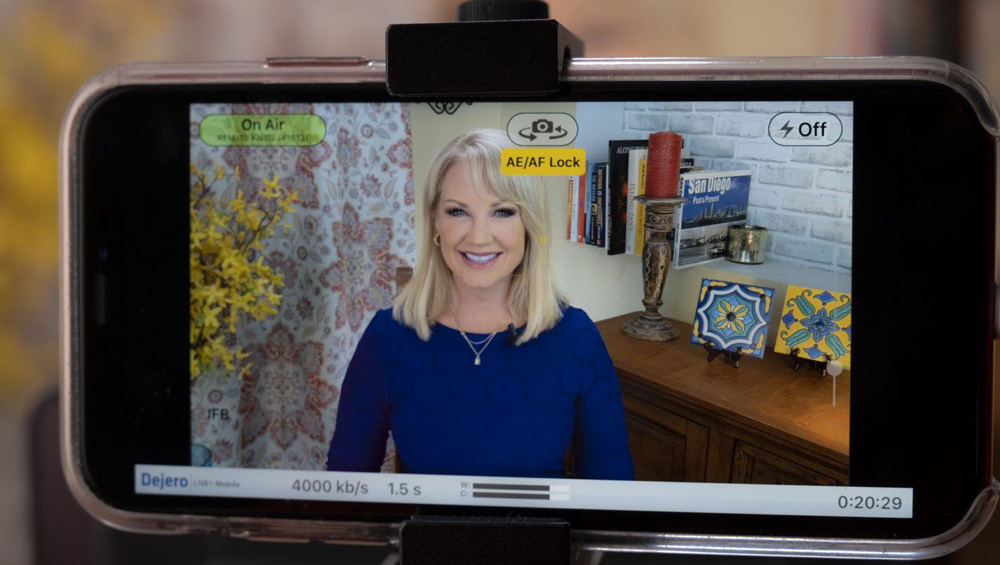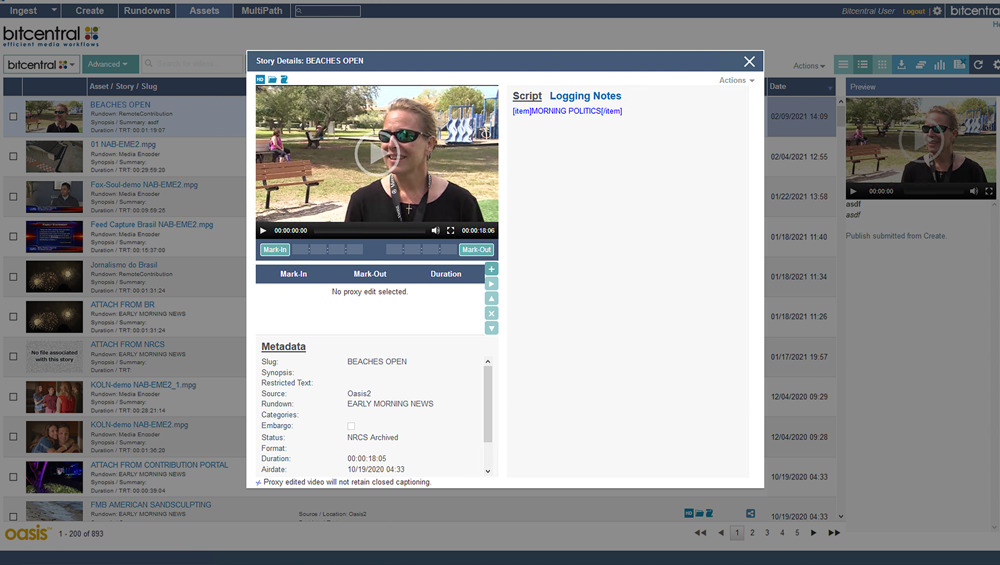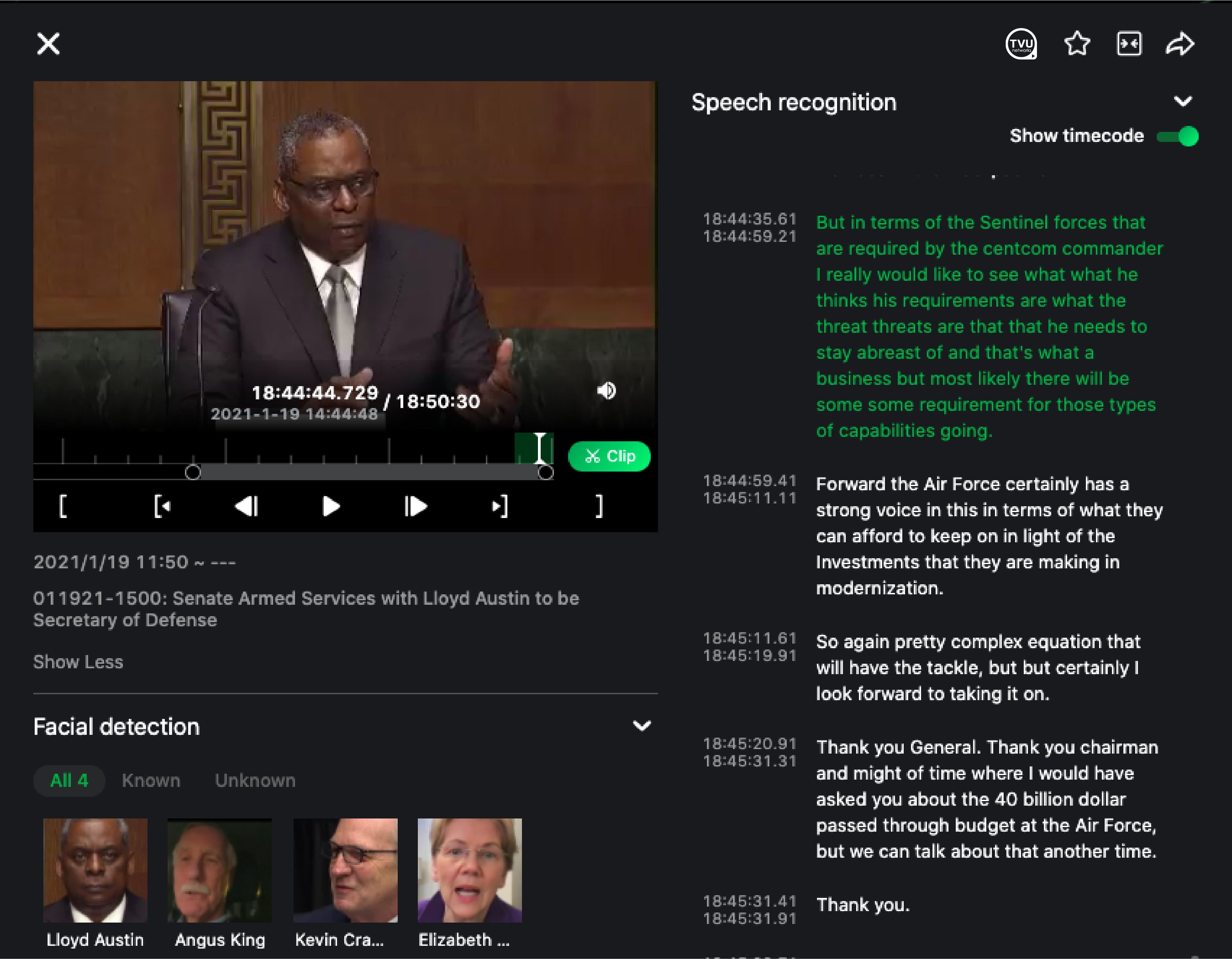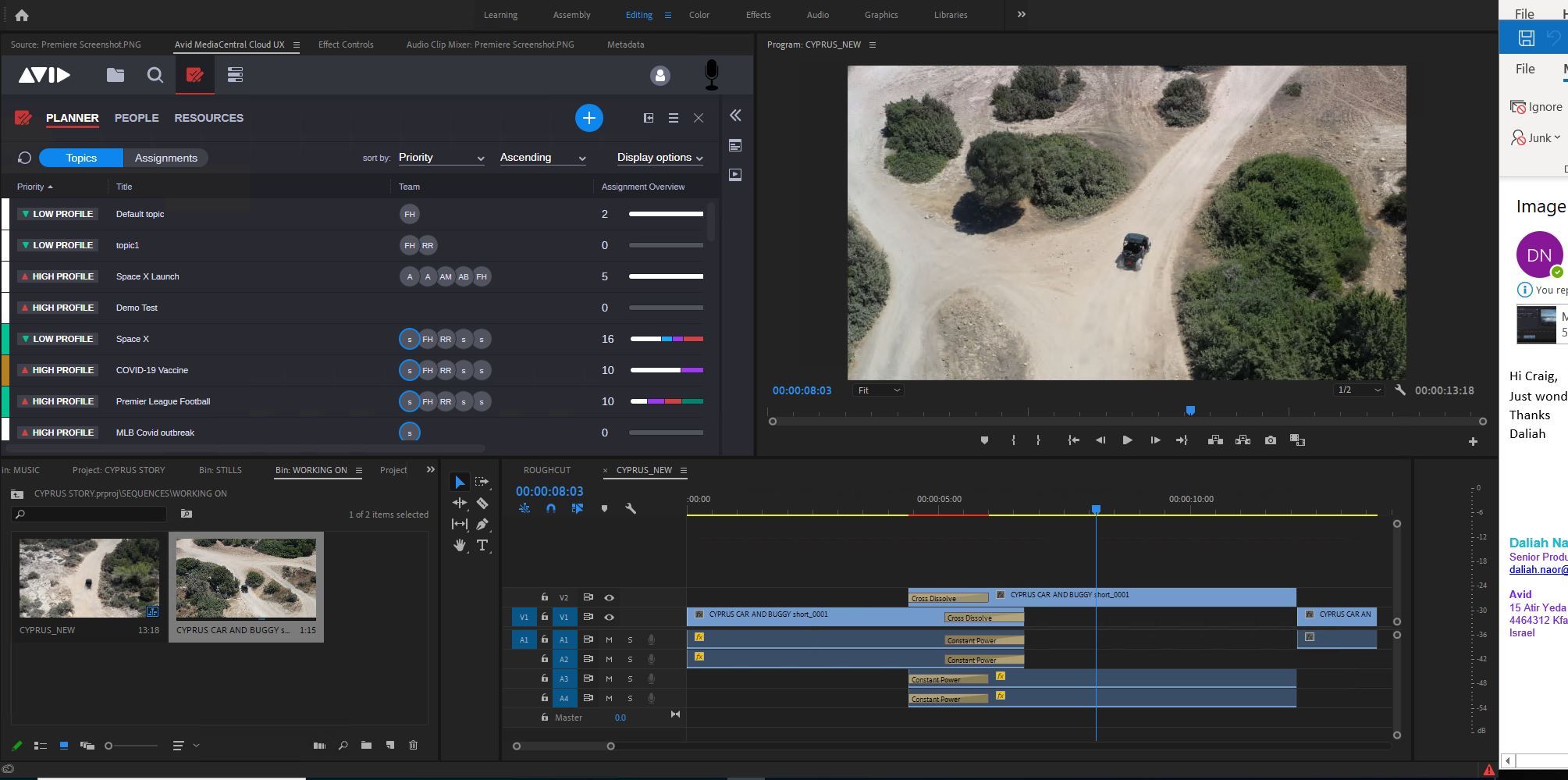
TVN Tech | New Tech Improves News Sharing, Collaboration

Broadcasters are seeking out tools that make it easier for remote teams to collaborate and for sister stations to share news stories.
Gray Television stations are sharing stories and its reporters are able to contribute to large, collaborative journalistic endeavors. Technology to transfer and find content are two pieces of the puzzle and managing assignments and communications is another. More than a year into the pandemic-prompted work-from-home world, journalists are increasingly able to do more of what they need to do with their mobile phones, and broadcasters by and large jumped to the cloud.
Gray’s stations are “in a really good position from a content-sharing perspective, and were prior to the pandemic,” Mike Fass, VP of broadcast operations at Gray Television, says.
James Finch, news services director for Gray Television, says, “for many years it’s been easier than it used to be back in the day when you had to put a tape on a Greyhound bus to get it from one station to another.”
The group uses Bitcentral’s Oasis to share content and to quickly move video from the field to the station. It is also underpinning Gray’s collaborative content project, “Bridging the Great Health Divide,” which seeks to shed light on health disparities in Appalachia and the Mississippi Delta.

Bitcentral’s Oasis asset management story details view.
“The stations in those markets are working together to uncover problems but also do solution-oriented reporting on health disparities in these two regions,” Finch says. “We’re looking to do some good work and change some negative outcomes in those two regions.”
Remote collaboration and sharing tools “were built into Oasis from day one,” says Fred Fourcher, BitCentral founder and CEO. Oasis automates many steps in the sharing workflow, he says, and stations that start using Oasis to share content often go from sharing a couple of stories a month to up to 500 or 1,000 stories a month.
“There’s exponential growth in the use of content the group already owns,” Fourcher says.
Paul Shen, TVU Networks CEO, points to TVUMediaSource as a service that lets stations share content with affiliates and to monetize raw footage. The service, which became available earlier this year and is being used by the Los Angeles Times, allows a station to make available live raw material, indexed according to speech and faces and the footage, and that content can then be discovered through a real-time engine and purchased by other stations.
“There’s a lot of value in the raw materials,” Shen says.

TVU’s MediaSource
As Jade Kurian, Latakoo co-founder and president, says: “We’re in that environment where everybody’s sharing,” even outside station groups. And while broadcasters are careful about what tools and technologies they invest in, Kurian says, “they’re investing in things that allow them to collaborate, to transfer things very quickly. Speed is very important.”
Last year, Latakoo released Manifest, a collaboration tool that indexes assignments and makes it possible to track and request stories from mobile devices.

Contributors in the field can receive assignments and upload notifications on their mobile devices. They can also shoot, edit and upload content with the Latakoo mobile app.
And given the need for reliable file transfer, Latakoo is building a codec for transfer that the company aims to debut later this year, Kurian says.
Raymond Thompson, Avid’s director partner and industry marketing, says the pandemic has accelerated mobile journalism.
“Any device that’s out there that can do live contribution became even more important after the pandemic,” he says.
Avid’s MediaCentral Reporter app works on mobile phones and allows mobile journalists to work with content they’ve acquired via their phone’s camera.
“People have access to such powerful devices in the palm of their hand. This allows them to edit, add basic graphics and publish quickly,” Thompson says.
And when it comes to working together and keeping track of who’s doing what, Avid’s MediaCentral Collaborate is what Thompson calls “Slack for news. It’s a way to create tasks inside MediaCentral and assign those tasks to the people responsible for that story” and to track the story as it develops.
And while journalists are able to do more with their mobile phones and collaborate more with colleagues who might be in many different locations, one of the biggest changes in collaboration and news sharing since COVID-19’s social distancing requirements originated just over a year ago is the widespread embrace of the cloud.
“The pandemic sent everyone home,” Thompson says. “A lot of those media companies turned to the cloud.”
One of the real eye-openers about remote workflows, Thompson says, was how well someone could actually edit from home while accessing a station on-prem.
“They tried the cloud and saw how good it could be,” Thompson says. “Distance is now no longer a limitation.”

With Avid’s MediaCentral Collaborate app, users can align resources around stories, assign the right people to cover different events and angles and monitor progress.
Avid had launched Edit on Demand in 2019 and interest in the product spiked when the pandemic hit, he says. This year, Avid made it generally available as a SAAS offering.
Even so, Gray’s Fass isn’t quite ready for cloud editing. “That’s not something that our television stations are really using today,” he says. “It has a lot of promise.”
But it also has a major flaw, particularly in rural areas, he says. “One of the concerns with cloud editing is for the journalist in the field to lose the internet connection and no longer have the ability to edit,” Fass says.
Companies like Dejero work to ensure connectivity with services like bonded cellular, which blends multiple networks to create a stronger, more reliable network.
“People need that portable connectivity that is truly reliable,” says Dejero’s Yvonne Monterosso, director of product management. “Connectivity in the field is so critical.”
And while people are starting to slowly return to their offices, the expectation is that many will continue to work remotely.
“What they’re saying is the workflow didn’t change so dramatically that they had to completely reinvent the wheel. They had to make some adjustments. They accelerated their roadmap to things they wanted to do anyway,” Monterosso says.
That includes enabling remote workflows and production and moving more of the workflow to the cloud, she says.
Dejero’s new product roadmap orbits around cloud workflows, and the company earlier this year launched LivePlus for Windows, which allows anchors and journalists working remotely with a wired or wireless broadband connection to transmit high-quality, live video while simultaneously receiving two ultra-low latency return video and/or teleprompter feeds.
“The genie is out of the bottle on the cloud. They are not going back,” she says. “Even small broadcasters are finding they can very economically introduce cloud workflows and solutions.”
























Comments (0)